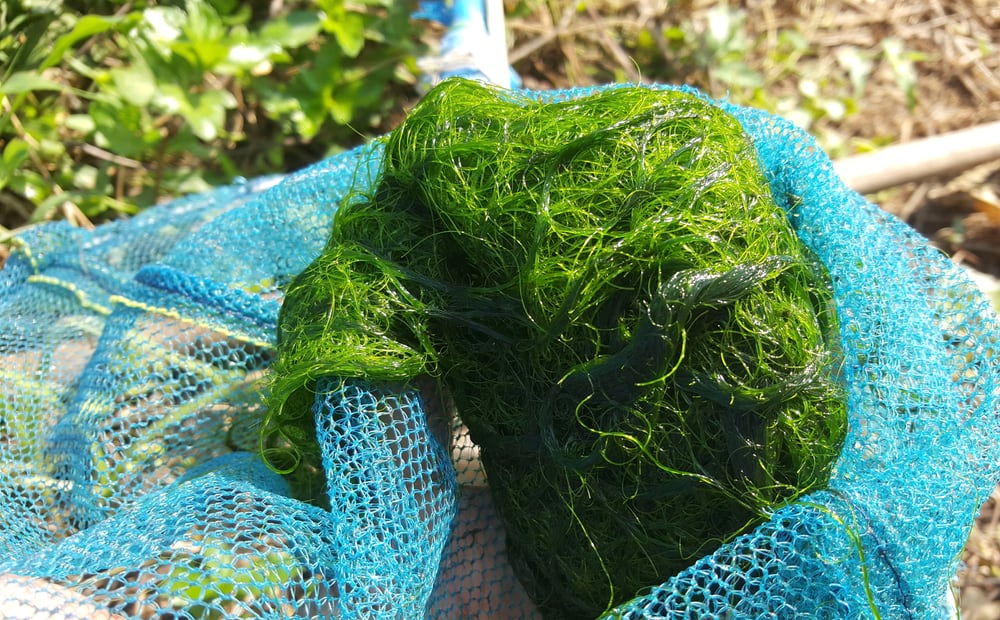
When you think of the word algae, you might have mixed feelings, especially if you’re an aquarist.
Algae can be beneficial as food for corals or dreaded as an aquatic weed that plagues the tank by shading other plants and corals.
They could also kill other plants by releasing toxins or eating up their vital nutrients.
Chaeto algae can be beneficial if you know how to keep it and how it can help other creatures in the tank.
What is Chaeto Algae?
Chaetomorpha, commonly known as Chaeto algae, is a single-celled saltwater alga that looks like tangled strings of pasta or steel wool.
It’s also known as spaghetti algae due to its shape.
This species is popular among aquarists since it’s inexpensive and easy to grow besides adding color, beauty, and diversity to aquariums.
Many aquarists use Chaeto algae in their refugium or sump, but it can easily go with other plants in the main display tank, as well.
Unlike most macroalgae, Chaeto doesn’t contain compounds that limit coral growth.
That’s why it’s a perfect addition to reef aquariums or a refugium.
This hardy plant is easy to care for and multiplies very quickly in favorable conditions.
Just put a bunch of Chaeto as big as a tennis ball in the tank and wait for it to grow.
Chaeto belongs to a broad class of algae called macroalgae, also known as seaweed.
They’re large organisms that feed through photosynthesis.
There are three types of them, namely brown algae, green algae, and red algae.
Chaeto Benefits
In addition to beauty, Chaeto is highly beneficial with lots of functions.
Here are some of them.
1. Filters Nitrates and Phosphates
One of the main reasons for Chaeto’s popularity is its filtering ability.
High nitrate and phosphate levels can be dangerous to most fish and corals in reef tanks.
Chaeto is a cost-effective filtering agent that’s widely available and highly effective.
It eliminates the need for expensive filtering media and reduces the frequency of water changes.
Since it feeds on phosphates and nitrates, it can absorb these harmful materials from the water column.
By growing Chaeto, you can make sure your tank is nitrate-free and healthy.
To make sure your system contains zero phosphates and nitrates, remove and harvest the tank’s algae.
This way, all harmful chemicals go out of the tank with the algae.
2. A Favorable Microhabitat for Beneficial Organisms
Some invertebrates, such as mini starfish, worms, amphipods, and copepods, benefit the entire aquarium ecosystem.
Chaeto algae can serve like a dense mat that accommodates these organisms.
If you have a reef aquarium, keeping Chaeto can benefit your coral by providing a suitable home for marine zooplankton.
It serves as an excellent food source for corals and fish in the aquarium, leading to the growth and better reef life coloration.
3. It Doesn’t Go Sexual
Most macroalgae go sexual, which means they reproduce in other parts of the tank by releasing spores.
The plant dies after releasing the spores, increasing nitrate levels in the tank.
Plus, they release nutrients back into the water during the sexual phase, disturbing the balance of the water’s parameters.
However, Chaeto doesn’t cause these problems because it remains asexual while growing.
Therefore, you can make sure your tank remains clean under any conditions.
Other benefits of Chaeto include the following:
- It serves as cover for your saltwater fish, mimicking their natural habitat and improving their quality of life.
- It can oxygenate the tank by absorbing CO2 and producing oxygen.
- It’s low-maintenance, tough, and can survive temperature fluctuations and environmental changes.
- By absorbing nutrients in the water, it fights nuisance algae and improves the water quality.
- It doesn’t leach harmful materials back into the water and keeps them within its cells.
How to Grow Chaeto
Since Chaeto multiplies quickly, you don’t need much of it to start.
A lump of Chaeto, the size of a tennis ball, will suffice.
When you put the ball of Chaeto in the tank, it typically takes one or two weeks for it to grow and cover the tank so widely that you have to prune it.
While Chaeto algae easily grow in different conditions, it’ll grow better if you provide it with the right conditions.
Here’s a breakdown of what it needs.
1. Light
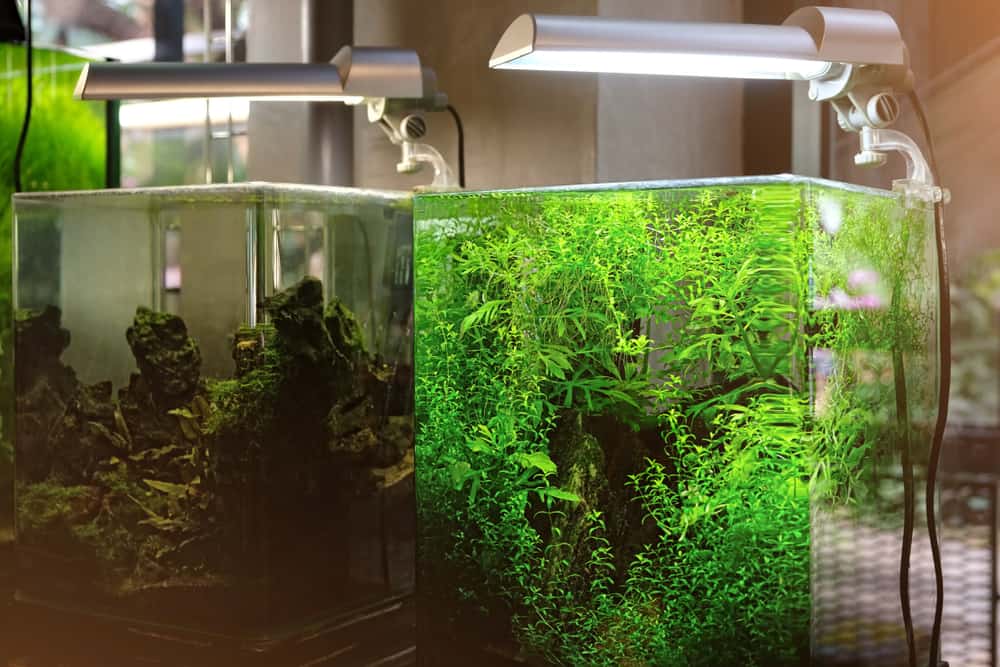
Chaetochroma algae rely on photosynthesis to grow and absorb nutrients.
Therefore, adequate light is vital for its growth.
Sixteen hours of intense, full-spectrum light every day is necessary for Chaeto’s growth.
That’s why you should invest in a decent light source for your tank if you’re planning to have Chaeto in your tank.
The ideal spectrum is 50 percent red light, 15 percent blue light, and 30 percent green.
This combination ensures both growth and density.
Although it could survive with lower light, it won’t thrive since inadequate light disturbs photosynthesis.
In addition to sufficient light, you should provide Chaeto with eight hours of darkness.
2. Pruning
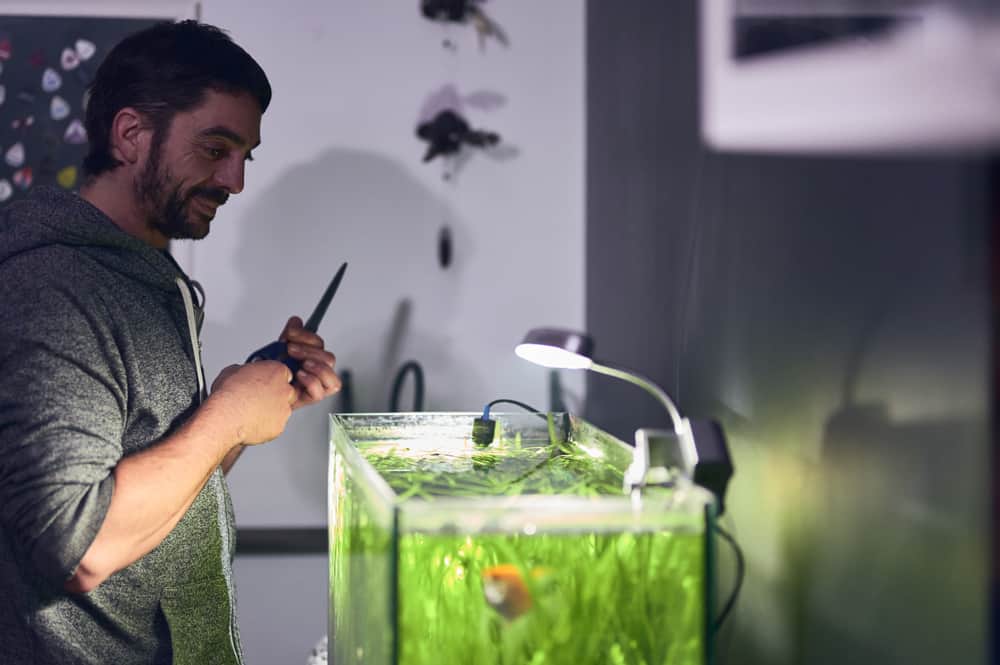
Pruning is an essential part of keeping Chaeto since it helps remove the plant’s harmful chemicals from your tank.
The faster it grows, the more frequently you can remove it, which will improve the tank water’s health.
Another reason for pruning is that it can grow like a weed under the right conditions.
It might overshadow other plants in the tank, blocking them from getting enough light.
However, don’t prune it excessively.
The best pruning plan includes removing a third of the plant once a week or every other week.
3. Water Flow
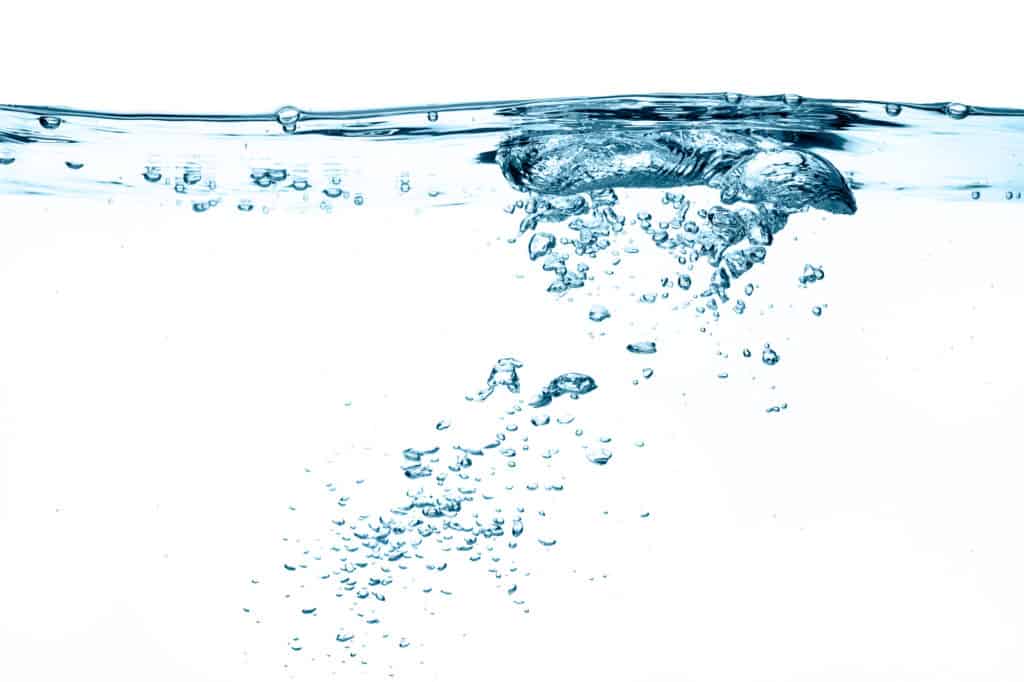
A moderate water flow is necessary for Chaeto.
Since it doesn’t have roots to stick to the ground, it relies on water to move around.
If you can’t maintain a suitable water flow, shake off or rinse the Chaeto in water once a week.
This way, you’ll remove residue on the plant and help it spread out without shaking off the beneficial organisms.
4. Nutrition

Since Chaeto gets all the nutrients from the water column, you don’t need to feed or fertilize it.
However, do ensure that the algae have access to enough nitrates and phosphates since low nutrient levels can starve them.
Chaeto Problems

Although Chaeto is a tough plant which doesn’t require much maintenance, you may notice it doesn’t grow well, or it’s dying off.
The solution is simple as two factors can stop Chaeto’s growth.
It could be either due to insufficient light or nutrients.
If the alga is dying, it’s not getting enough light, set up adequate lighting as mentioned above.
If the plant is dying on one side, it’s a sign of inadequate movement.
You can simply flip it over, so it has access to light.
Insufficient light can also cause another problem, which is releasing too much CO2.
Excessive CO2, in turn, disturbs pH levels, which can kill the fish in your tank in severe cases.
The best way to avoid this problem is to attach your main tank to a refugium or sump with a separate photocycle.
If the refugium has a reverse photocycle, it’ll help remove the CO2 much more quickly.
In a reverse photocycle, you turn on the lamps in the main tank and turn them off in the refugium and vice versa.
This way, one tank produces oxygen while the other releases carbon dioxide, maintaining the system’s balance.
If the problem persists, do the following:
1. Install an Algae Reactor
With an algae reactor, you can grow Chaeto in a controlled and more favorable environment, allowing the algae to absorb sufficient nutrients.
It also prunes the algae periodically to remove excess nitrates from the tank.
Plus, it helps the aquarium’s overall conditions by balancing the pH levels, oxygenating the tank, and removing excess CO2 from the water.
This way, you’ll have controlled Chaeto growth as well as cleaner reef water.
2. Monitor Water Parameters
Keeping water parameters at appropriate levels helps Chaeto maintain steady and healthy growth.
Here’s what you need to keep in check:
- The magnesium level is optimal at around 1250 ppm to 1400 ppm. Higher magnesium levels interfere with the potassium absorption and calcium function, eventually suppressing Chaeto growth.
- Make sure the calcium level is between 380 ppm and 480 ppm.
- The alkalinity level should stay within 9.5 dKH.
- Potassium should be around 420 ppm, and PO4 shouldn’t exceed 0.07 ppm.
- Keep the level between 0.06 ppm and 0.12 ppm.
- Boron should range from 5 to 6 ppm.
- Make sure to keep the pH between 7.9 and 8.2.
- The temperature should be within the 70s, although algae can tolerate short periods of cold weather.
- You could also add a small dose of Ferrous iron—around 0.1 ppm.
- Nitrites and ammonia should be zero, and phosphates shouldn’t exceed 1 ppm.
3. Only Rinse Off the Chaeto With Saltwater
Chaeto is a saltwater alga, so you should keep it in a saltwater tank, sump, or refugium.
This is also why it should be rinsed with saltwater.
4. Never Use GFO
Granular Ferric Oxide (GFO) is a component that filters phosphates.
It’s not necessary, especially if you grow Chaeto in a reactor because it can remove other useful chemicals required for Chaeto growth and well-being.
5. Don’t Use Bio Pellets
Growing Chaeto doesn’t require bio pellets because they reduce nitrate levels, the most important nutrient for Chaeto fostering.
Plus, they disturb the nitrate to phosphate ratios in your tank.
6. Replace the Light Sleeves
Don’t use light sleeves for more than one year since the light intensity tends to decrease gradually.
Whether they work properly or not, buy new ones after one year.
7. Don’t Shock the Chaeto with LED Lights
When you introduce a new Chaeto to the tank, it needs some time to get acclimated to the LEDs.
Start the 12–16-hour cycle by running LED lights for four hours.
Then, gradually increase the duration to reach the optimal level.
To help the Chaeto endure the photo-oxidative stress, you could use a low dose of potassium iodide until the acclimation is complete.
8. Maintain Proper Nitrate and PhosphateLevels
If you use an algae reactor, you need to use nitrate supplements to promote Chaeto growth.
Pay attention to the difference between nitrates and nitrites as you need a small amount of the first one but none of the second.
Phosphate is also a necessary nutrient for Chaeto growth.
The best nitrate to phosphate ratio is 100:1.
For example, if you use 0.05 ppm phosphate, you need 5 ppm nitrate.
Make sure this ratio doesn’t go below 20:1 or over 200:1.




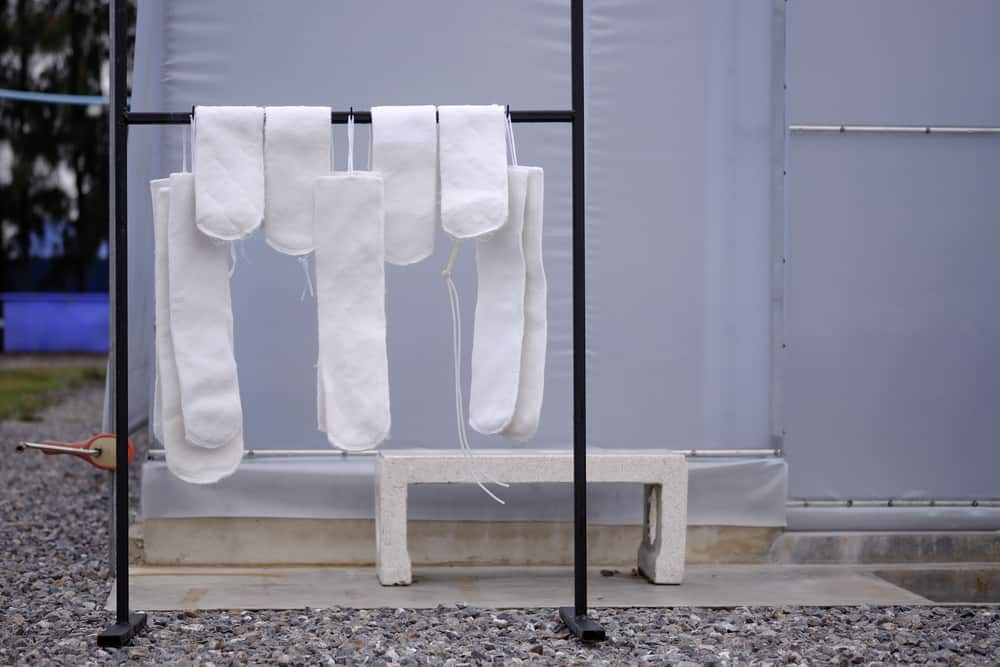

Thanks I was using also good and it wasn’t doing well at all.
Now things are picking 3
Thank you